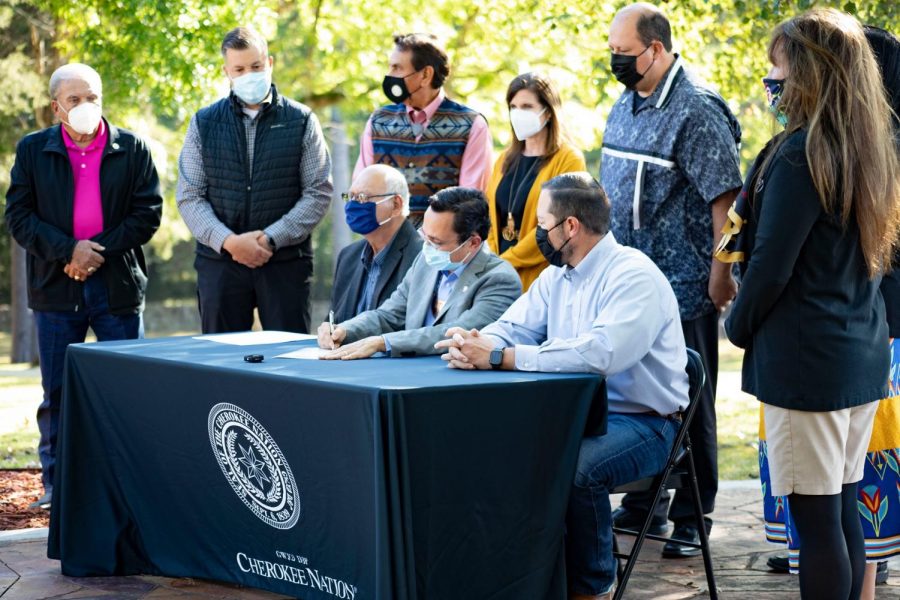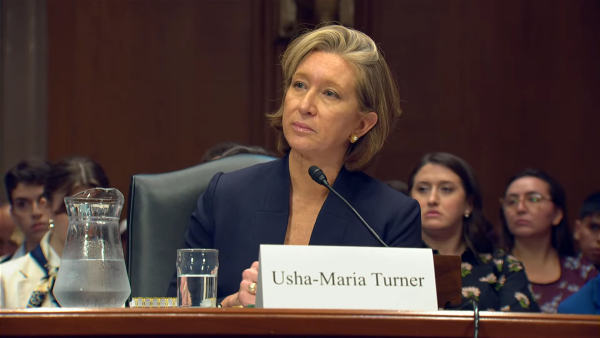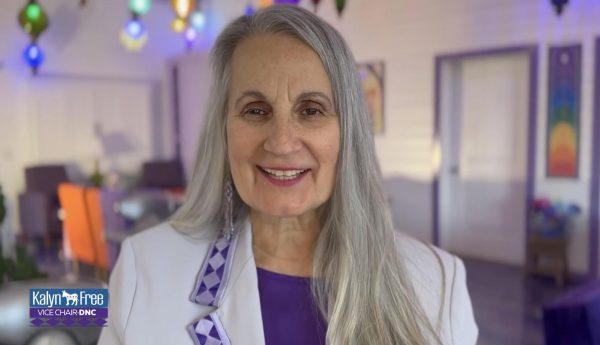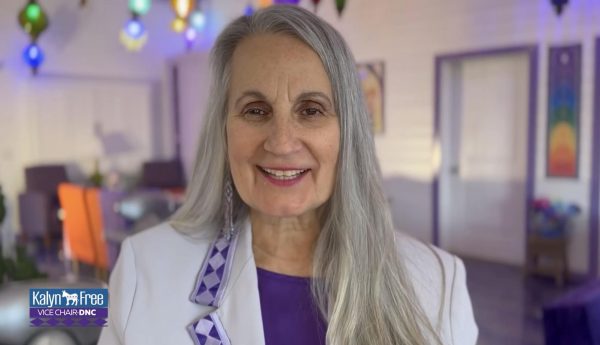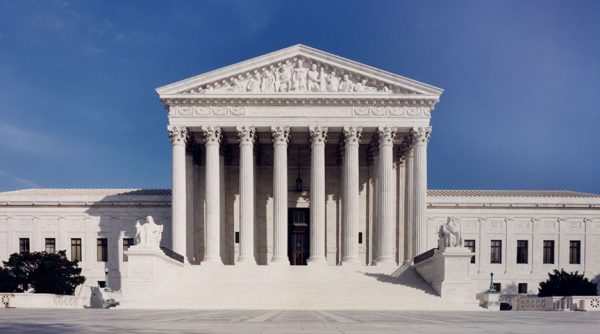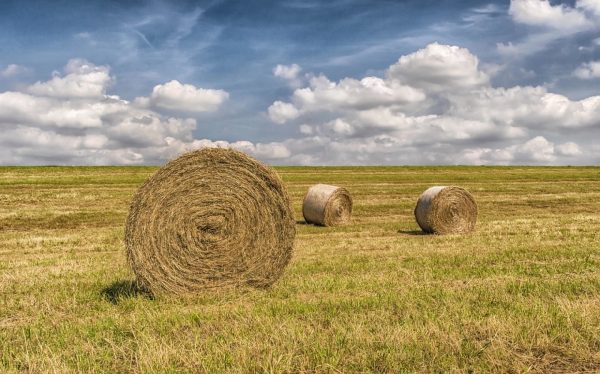Tribal members across Oklahoma reflect on Indigenous Peoples’ Day
Cherokee Nation Principal Chief Chuck Hoskin Jr.,Cherokee Nation Deputy Principal Chief Bryan Warner and other Cherokee Nation leaders including the tribe’s Language Department gather at Sequoyah’s Cabin Museum to sign the Sequoyah Day proclamation. (Provided)
For Muscogee Nation citizen and Freedman descendant Eli Grayson, Indigenous Peoples’ Day brings a personal upset around the issue of tribal sovereignty.
Grayson, 59 is a retired interior designer who lives in Tulsa and calls himself an “unabashed advocate and financial supporter of the rights of the Freedmen of the Five Civilized Tribes.”
Grayson said he doesn’t concern himself with what the state of Oklahoma, other states, or the nation’s president are doing — even though President Biden became the first to issue a presidential proclamation acknowledging the holiday — because he thinks this celebration and honor should fall on the tribes.
His tribe doesn’t have a separate day officializing the holiday, nor any holidays commemorating its warriors or heroes, something Grayson finds hypocritical.
But Grayson is left wondering why the tribe doesn’t assert its sovereignty by celebrating the figures important to Muscogee history and culture, instead of waiting for state and federal governments to become more inclusive.
“Why are you waiting on the white man to come up with some s*** for us to celebrate when we should be doing it ourselves?” Grayson said. “It’s your own history anyway. The best people to celebrate Indigenous Day is Indigenous people, let them create it.”
He pointed to women warriors, celebrated tribal leaders and a host of other figures in tribal history worth recognition.
Starting in 1934, Congress issued a joint resolution calling on each American president to designate Oct. 12 as Columbus Day. Indigenous Peoples’ Day started gaining traction in the late 1970s and 1980s.
The states that now observe both holidays either by officially celebrating or via proclamations are Alaska, Arizona, California, Hawaii, Iowa, Louisiana, Maine, Michigan, Minnesota, Nebraska, New Mexico, Nevada, North Carolina, Oklahoma, Oregon, South Dakota, Vermont, Virginia, Wisconsin and Washington, D.C.
Rebecca Nagle, a Cherokee journalist and host of the podcast “This Land” said she thinks one of the ways anti-Indigenous racism functions presently in the United States is through erasure. A national holiday, she said, doesn’t take away racist symbols that often occur annually to Indigenous communities.
For example, there’s a Halloween haunted house named the “Trail of Fears” in Moore, and one called “Trail of Fear Scream Park” in Lawton.
“Even though a holiday like Indigenous Peoples’ Day is symbolic, those types of things only go so far,” Nagle said. “I do think it’s still really important, because it pushes back that erasure, and helps remind folks that we’re still here.”
Some tribes in Oklahoma have established their own holidays, independently celebrating tribally specific figures and other cultural accomplishments.
Nagle said tribally specific holidays are vital to push stereotypical narratives away from tribes. Some tribes, she said, celebrate holidays marked for historical events or religious holidays, independently celebrating heritage and language through tribal government, ceremonial grounds or churches.
The Chickasaw Nation celebrated Piominko Day on Oct. 11, remembering the influential Chickasaw leader for his protection of tribal sovereignty and his service as a diplomat and negotiator during the infancy of the United States.
Cherokee Nation Principal Chief Chuck Hoskin Jr. spoke with BNC News about sovereignty issues on Indigenous Peoples’ Day, and the next day signed a proclamation declaring Oct. 15 as Sequoyah Day in Cherokee Nation.
2021 marks the 200th anniversary of Sequoyah’s creation of the Cherokee Syllabary.
“We have our own holidays that are significant,” Nagle said. “So the more that tribes want to publicly acknowledge those dates, I think that’s great.”
The Choctaw Nation and the Cheyenne and Arapaho Tribes followed Oklahoma’s lead and observed Indigenous Peoples’ Day on Columbus Day.
Despite the needle seeming to turn more and more every year toward national acknowledgment, the debate about the establishment of Indigenous Peoples’ Day is still present.
Shawnee Tribe Chief Ben Barnes took to Facebook, voicing his concerns about the true statewide acceptance of the holiday.
“This Halloween, a local haunted house has marketed itself as “Trail of Tears,” Barnes said. “Should it not be as obvious to everyone by now that this is as bad as naming such an event after a Holocaust camp? … Do not go and take the things you learn from us and reflect them back at us to signal your wokeness.”
Nagle said she feels there is no reason to celebrate Columbus because of the well-documented violence he perpetrated against Indigenous people when he arrived on occupied lands.
“It is erasing genocide, and I think that it’s both erasing and at the same time celebrating genocide,” Nagle said. “And that, to me, is just clearly really inappropriate.”
Nagle said she remains hopeful the nationwide and statewide shifts toward acceptance of Indigenous Peoples’ Day will continue in a positive direction.
For Barnes, the state of Oklahoma and the country still have plenty of work to do.
“I hope our non-Native relatives realize we are tired of being a commodity, exhausted of being ordered with Coke and a side of fries,” Barnes said. “This is Indigenous Peoples’ Day. We have things to say and not all of it is going to be comfortable.”
Nancy Marie Spears, a Gaylord News reporter based in Washington, is an enrolled member of the Cherokee Nation of Oklahoma. Gaylord News is a reporting project of the University of Oklahoma Gaylord College of Journalism and Mass Communication. For more stories from Gaylord News visit GaylordNews.net.

